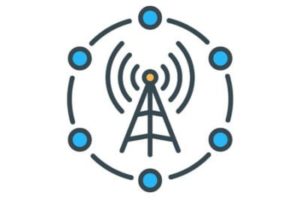Ericsson and Verizon have completed a successful test of a battery-powered wave cell site built with Integrated Access Backhaul (IAB) technology. The result is essentially a pop-up 5G tower that can be deployed in a pinch to augment or expand an existing 5G network.

As it stands, 5G cell towers use the millimeter wave spectrum to relay information to individual devices. However, the towers themselves are plugged into an extensive network of physical fiber and power cables.
With IAB tech, a mobile carrier can use the wave spectrum to send information directly to another tower. The pop-up solution allows mobile operators to provide 5G coverage in remote areas that do not yet have the physical infrastructure for a standalone tower. Once that cabling is in place, the full spectrum can once again be allocated to device communications to improve the overall performance of the network.
The battery-powered site can be installed much more quickly than a full tower, making it a convenient option in emergency situations. It can also be used as a stopgap to give operators more time to build the necessary lines.
Verizon believes that the IAB tech will accelerate the development of its nascent 5G network. Ericsson, meanwhile, is at the forefront of the 5G movement, and is now supporting 40 active 5G networks spread across 22 countries after helping Rogers launch the first commercial 5G networks in Canada.
Source: Venture Beat

Follow Us